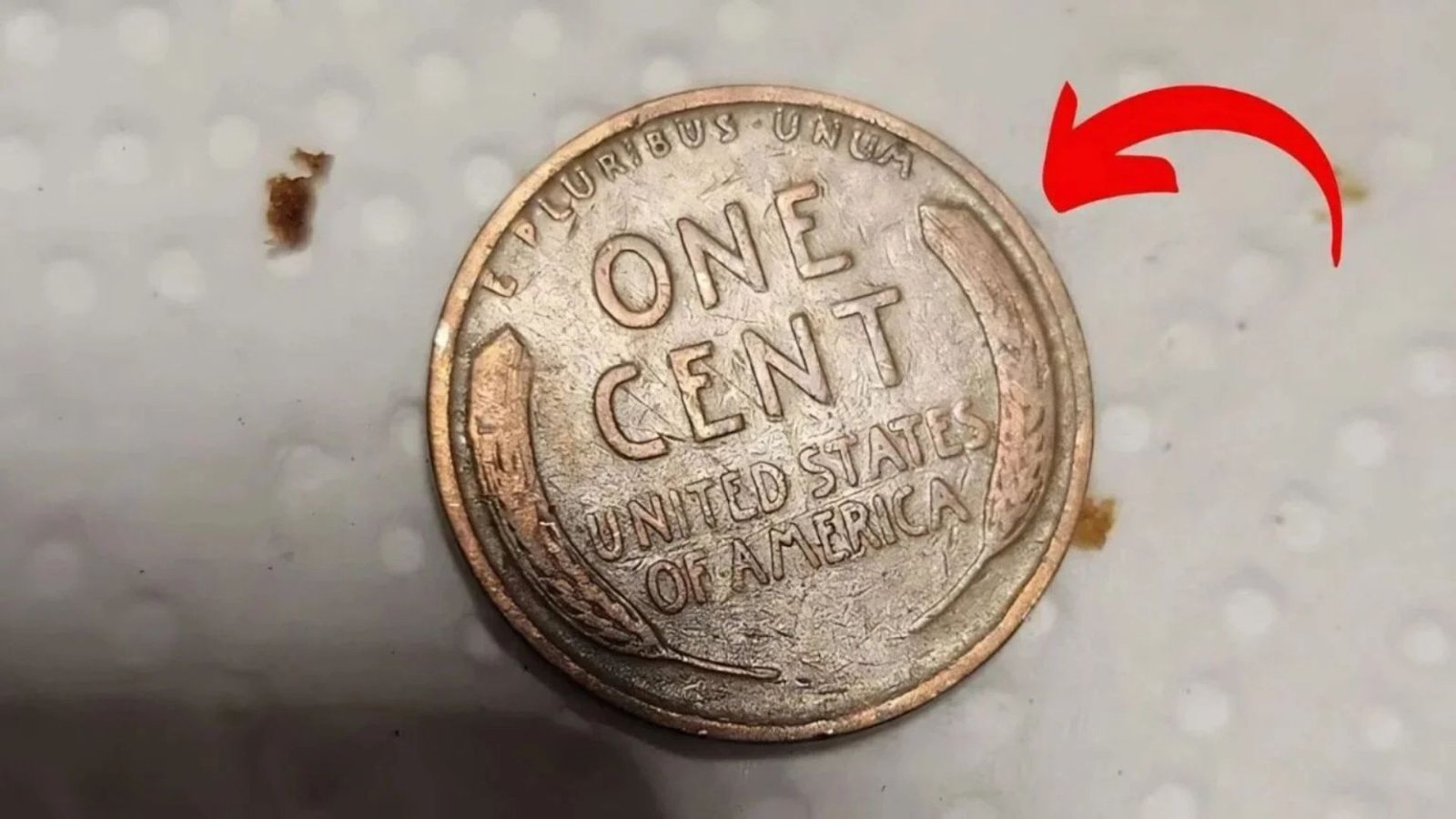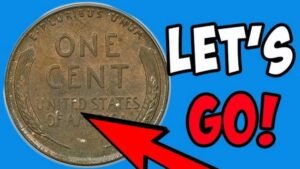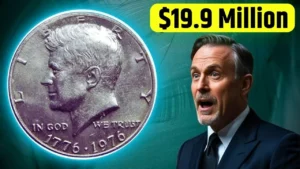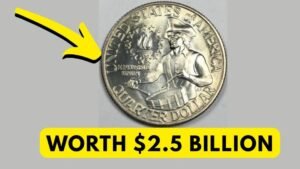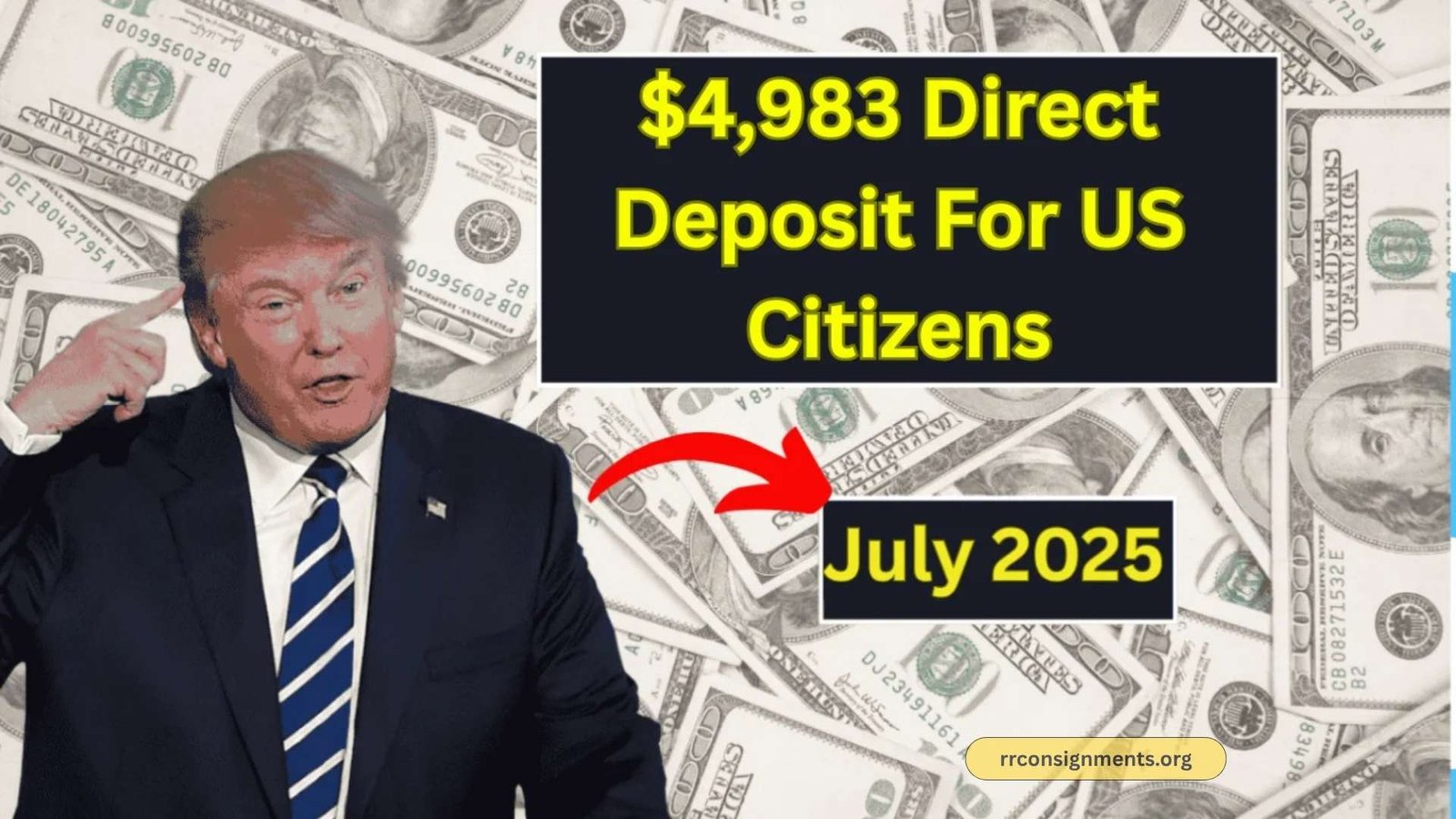Imagine rummaging through your old coin jar and stumbling upon a penny worth $6.8 million. Sounds like a dream, right? But for some lucky folks, the Lincoln Wheat Penny has turned pocket change into life-changing fortunes. Minted from 1909 to 1958, this iconic U.S. coin is a collector’s gem, with rare versions fetching astronomical prices. Let’s dive into what makes these pennies so special and how you can spot a potential treasure in your own collection.
What Is the Lincoln Wheat Penny?
The Lincoln Wheat Penny, first struck in 1909, was a groundbreaking coin. Designed by Victor David Brenner to honor Abraham Lincoln’s 100th birthday, it was the first U.S. coin to feature a real person’s face. The obverse shows Lincoln’s profile, while the reverse boasts two wheat stalks framing “ONE CENT” and “UNITED STATES OF AMERICA.” This design, minted until 1958, is why collectors lovingly call it the “Wheat Penny.”
Why Are Some Wheat Pennies So Valuable?
Not every Wheat Penny is a jackpot, but certain factors make specific ones incredibly rare:
- Minting Errors: Mistakes like doubled inscriptions or off-metal strikes (like copper instead of steel) are collector catnip.
- Low Mintage: Years like 1909-S (only 484,000 minted) or 1931-S are scarce.
- Condition: Coins graded MS-65 or higher by PCGS or NGC can skyrocket in value.
- Historical Significance: Pennies from pivotal years, like 1943 during WWII, carry extra allure.
For example, the 1943 Copper Wheat Penny is a legend. During World War II, pennies were made of zinc-coated steel to save copper. But a few copper blanks slipped through, creating coins so rare—only about 20 exist—that one sold for $1.7 million in 2010 and could be worth up to $6.8 million today
How to Spot a Valuable Lincoln Wheat Penny
Think you’ve got a winner? Here’s how to check:
- Check the Date and Mint Mark: Look under the date for an “S” (San Francisco) or “D” (Denver). Key dates include 1909-S VDB, 1914-D, and 1943 (copper).
- Do the Magnet Test: For 1943 pennies, steel sticks to magnets; copper doesn’t. A non-magnetic 1943 penny is a red flag for rarity.
- Inspect for Errors: Look for doubled text on “LIBERTY” or “IN GOD WE TRUST,” especially on 1955 pennies.
- Weigh It: Copper pennies weigh about 3.11 grams; steel ones are lighter at 2.7 grams.
A real-life story: In 2019, a California woman found a 1943 copper penny in her grandfather’s cigar box. After authentication, it sold for over $200,000
Where to Find These Hidden Gems
You don’t need to be a numismatist to strike gold. Check:
- Old piggy banks or family heirlooms.
- Coin rolls from your bank.
- Flea markets or estate sales.
One collector found a 1909-S VDB penny behind a wall clock during a home renovation, fetching ₹70 lakh (about $84,000).
What to Do If You Find a Rare Penny
Found a suspect coin? Don’t clean it—cleaning ruins value! Instead:
- Handle Carefully: Hold by the edges to preserve condition.
- Get It Graded: Contact PCGS or NGC for professional authentication.
- Consult Experts: Visit reputable coin dealers or auction houses like Heritage Auctions.
- Consider Selling: Rare pennies can fetch top dollar at coin shows or online platforms like eBay.
Why Collectors Love Wheat Pennies
Beyond their value, Wheat Pennies are a slice of American history. They’ve seen the Great Depression, World War II, and more. As numismatist Robin says, “Every coin tells a story, and some are literally worth millions.” Their affordability also makes them a favorite—complete sets in circulated condition can cost just a few hundred dollars.
Start Your Treasure Hunt Today!
The Lincoln Wheat Penny proves that small change can hold big secrets. Next time you’re sorting coins, take a closer look—your penny could be a ticket to millions. Have you checked your change jar yet? Share your coin-hunting stories in the comments, and let’s keep the treasure hunt alive!

